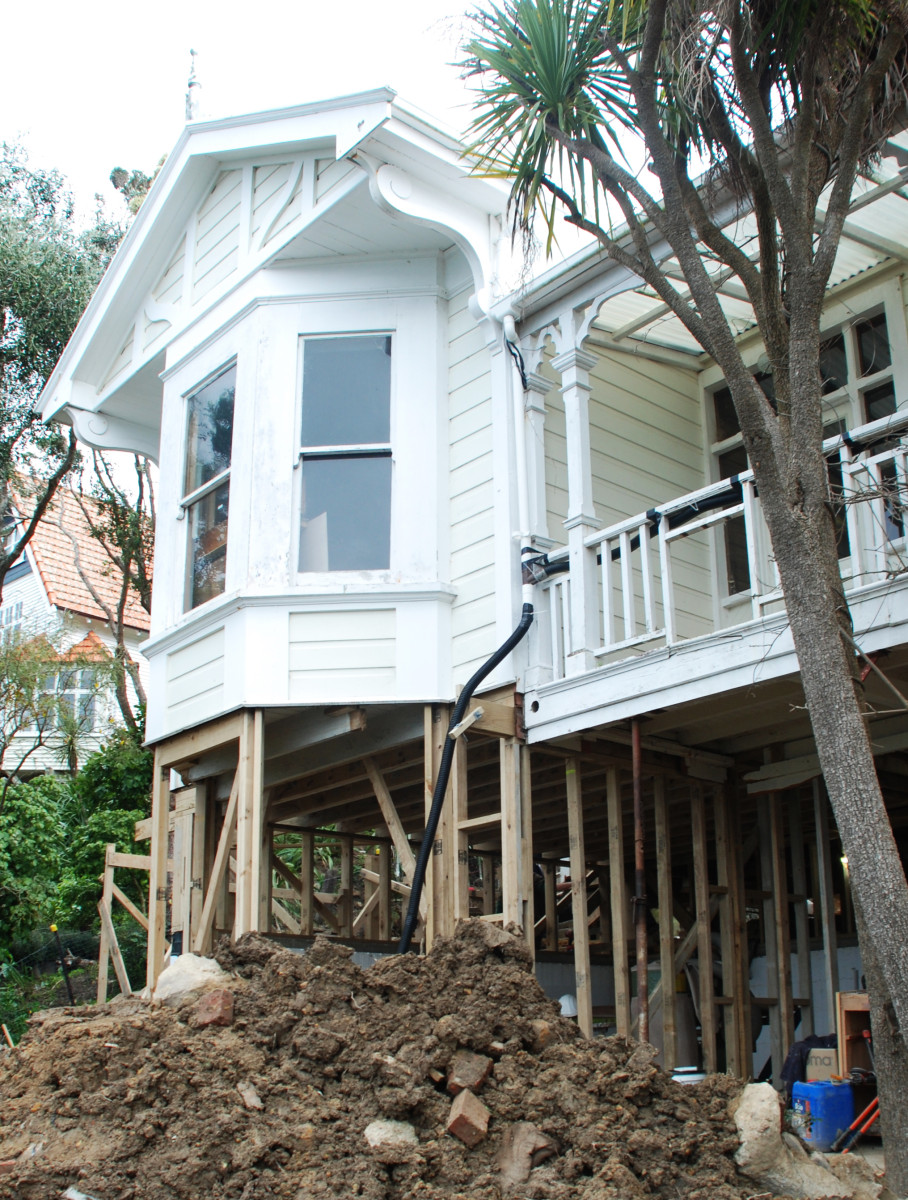New guide to help identify defects
29 Sep 2015, Builders business, Building and housing, Featured, LBP & Regulation, Prove Your Know How

MBIE’s latest guidance aims to resolve common areas of dispute between contractors and homeowners
The Guide to tolerances, materials and workmanship in new residential construction is now available. Prepared by the Ministry of Business, Innovation and Employment (MBIE), it aims to assist contractors and homeowners, who may be unsure of what constitutes a defect within the Building Act 2004.
This guide focuses on issues that can lead to disputes between building contractors and homeowners, but which fall outside the Building Code, contract documentation and manufacturers’ specifications and installation instructions. It outlines what constitutes acceptable levels of workmanship in standard domestic construction types under normal conditions, and is targeted at new residential building work.
Consumer protection measures
The guidance was written with advice from the industry and supports the new consumer protection measures in Part 4A of the Building Act, which came into law on 1 January.
Under the new consumer protection measures, a 12-month defect repair period starts from: the completion of the building work under a written contract, or the completion of the physical building work, in cases where there is no written contract.
During this time, it is the main contractor’s responsibility to fix any defects, or prove that any defective building work is through no fault of their own, the subcontractors under their control, or the products supplied if there is a dispute.
What’s covered?
The Guide to tolerances, materials and workmanship in new residential construction covers mainly aesthetic issues (eg, what is considered
a reasonable slope in a floor, or what is an acceptable appearance for a newly painted wall) in new builds and additions at any price, whether or not the consumer protection measures and $30,000 threshold apply.
The guide does not cover tolerances for repairs, renovations, or alterations within existing buildings. Tolerances for existing buildings are likely to be below those achievable with new buildings. There are a number of reasons for this, including the nature of the materials used in existing buildings and the effects of both time and natural events.
It is also a great tool to make sure clients understand and agree what acceptable levels of tolerances, materials and workmanship are for
new residential building work. It can be used before contracts are signed, to help align expectations of quality with choice of design, materials,
finishes and costs.
The Guide to tolerances, materials and workmanship in new residential construction is not a mandatory set of standards. Contractors and clients can mutually agree to their own expectations, preferably within their written contract.
What about additions, alterations and remedial work?
This guide is targeted at new buildings as well as alterations and additions to existing buildings. However, matching existing materials, finishes and tolerances may be difficult or even impossible in additions, alterations and repairs. It is important to be conscious of common issues that can arise when matching old and new materials. For example, older existing building materials will likely be machined or manufactured in imperial sizing, where new materials often have a smaller finished size as they are manufactured to metric dimensions. This is typically an issue with materials such as weatherboards, skirting, scotia and the like.
Where an exact match is impractical or cannot be guaranteed, a rational approach needs to be taken to determine the options and agreement reached on what are acceptable levels of workmanship. It is important the agreed acceptable levels are recorded in writing, preferably by noting it within the contract. This is particularly the case where a building has been subject to significant damage, such as from earthquake, wind, fire or land subsidence.
Tolerances, particularly for floor levels and walls out of plumb, are likely to be below those achievable with new buildings. MBIE has issued guidance on ‘Repairing and rebuilding houses affected by the Canterbury earthquakes’ which is available on the Ministry’s website (www.dbh.govt.nz/guidance-onrepairs-after-earthquake). Owners who have insurance should also check their policy documentation to see if it describes the level of workmanship that the repairs will be done to. Not all policies require the remedial work to be exactly the same as if the building was new.
Where the building work is attached to an existing structure, the contractor will only be liable for the work they have carried out (including junctions and connections).
Find out more about the consumer protection measures at doyourhomework.co.nz, and download your copy of Guide to tolerances, materials and workmanship in new residential construction at www.building.govt.nz/guide-to-tolerances
Register to earn LBP Points Sign in



